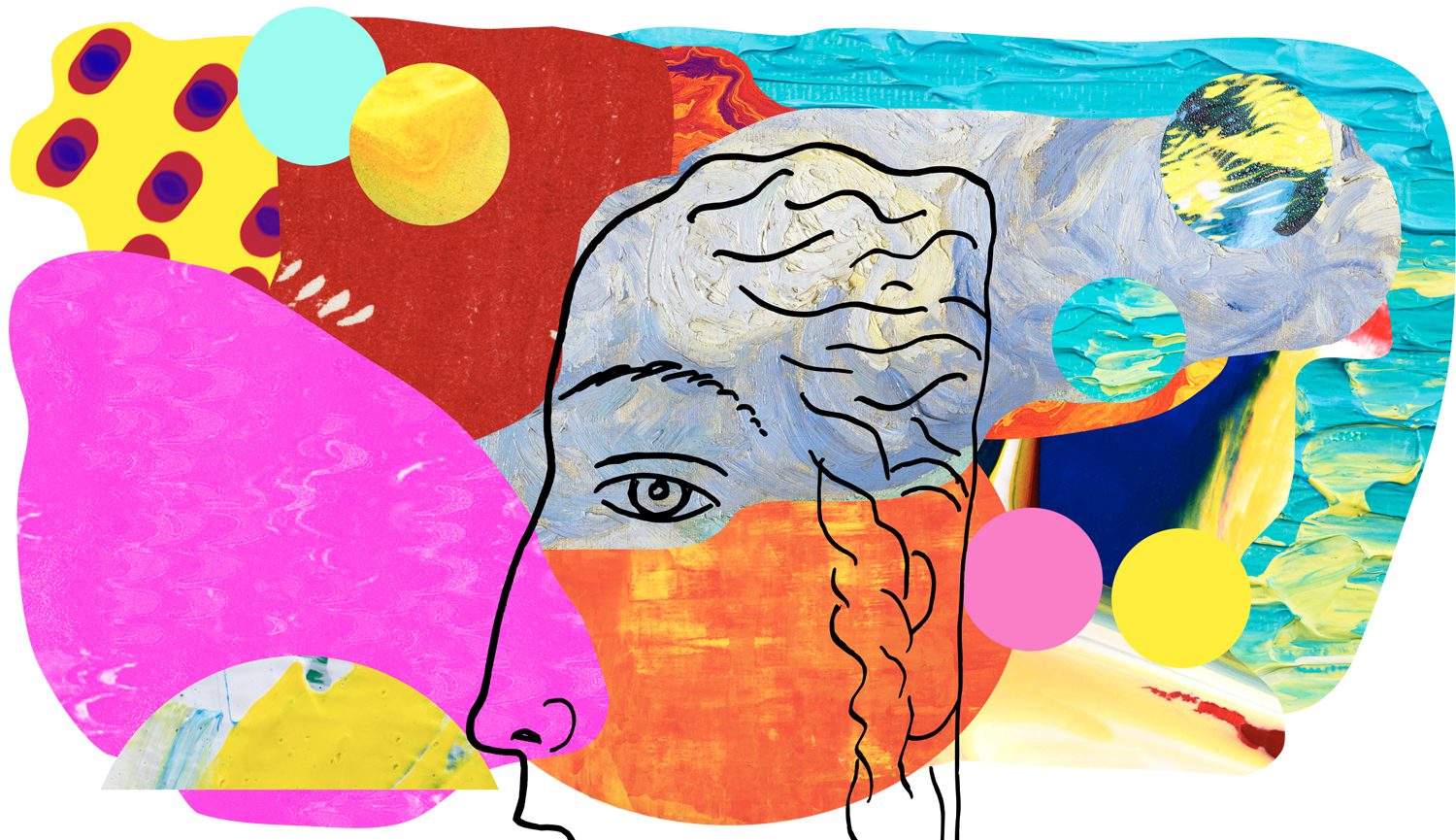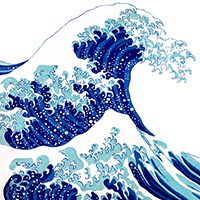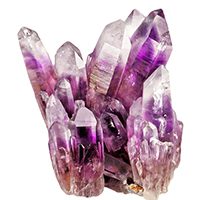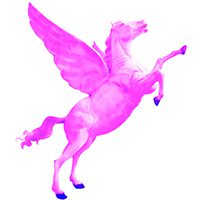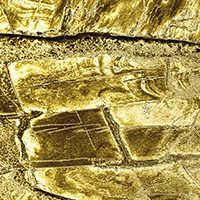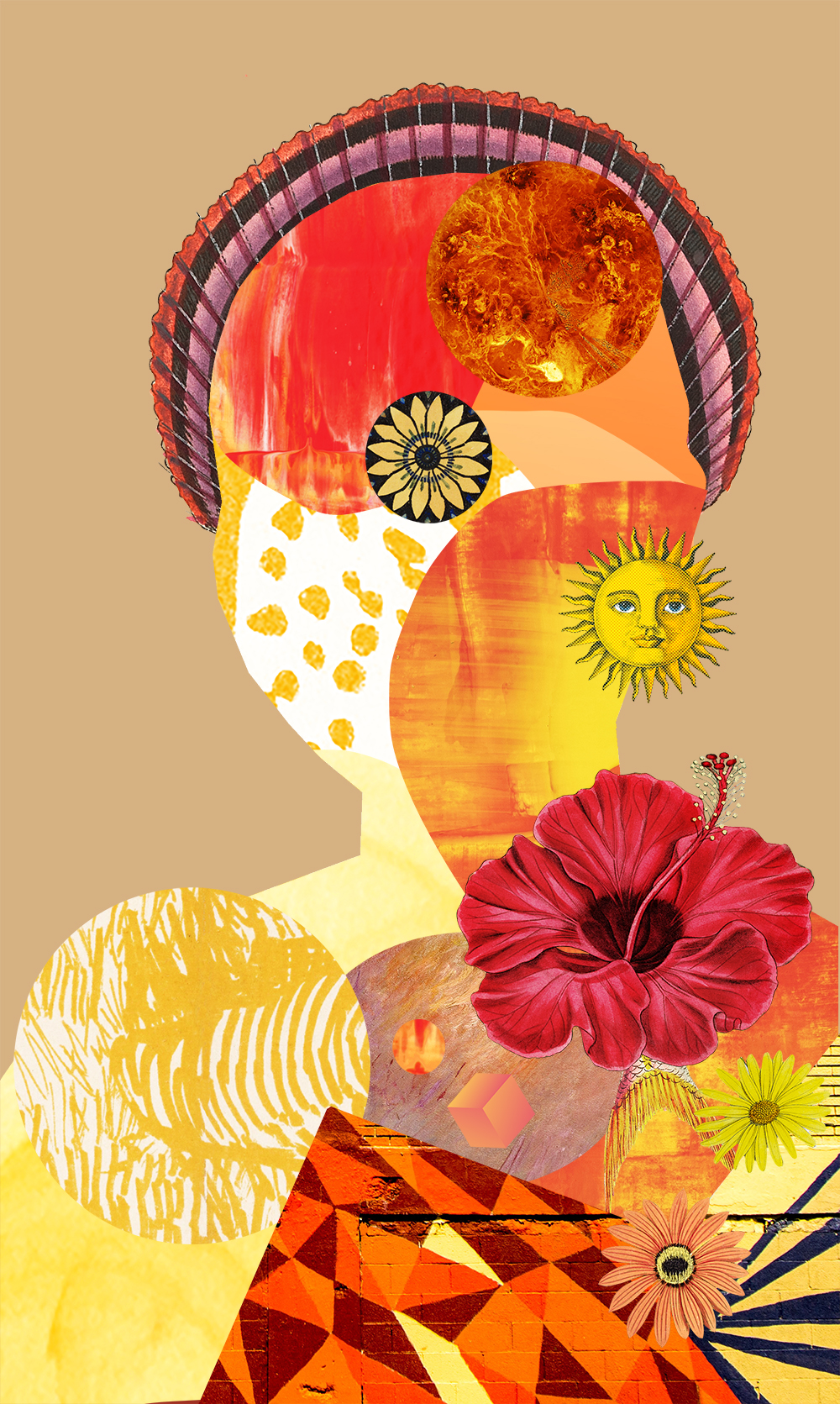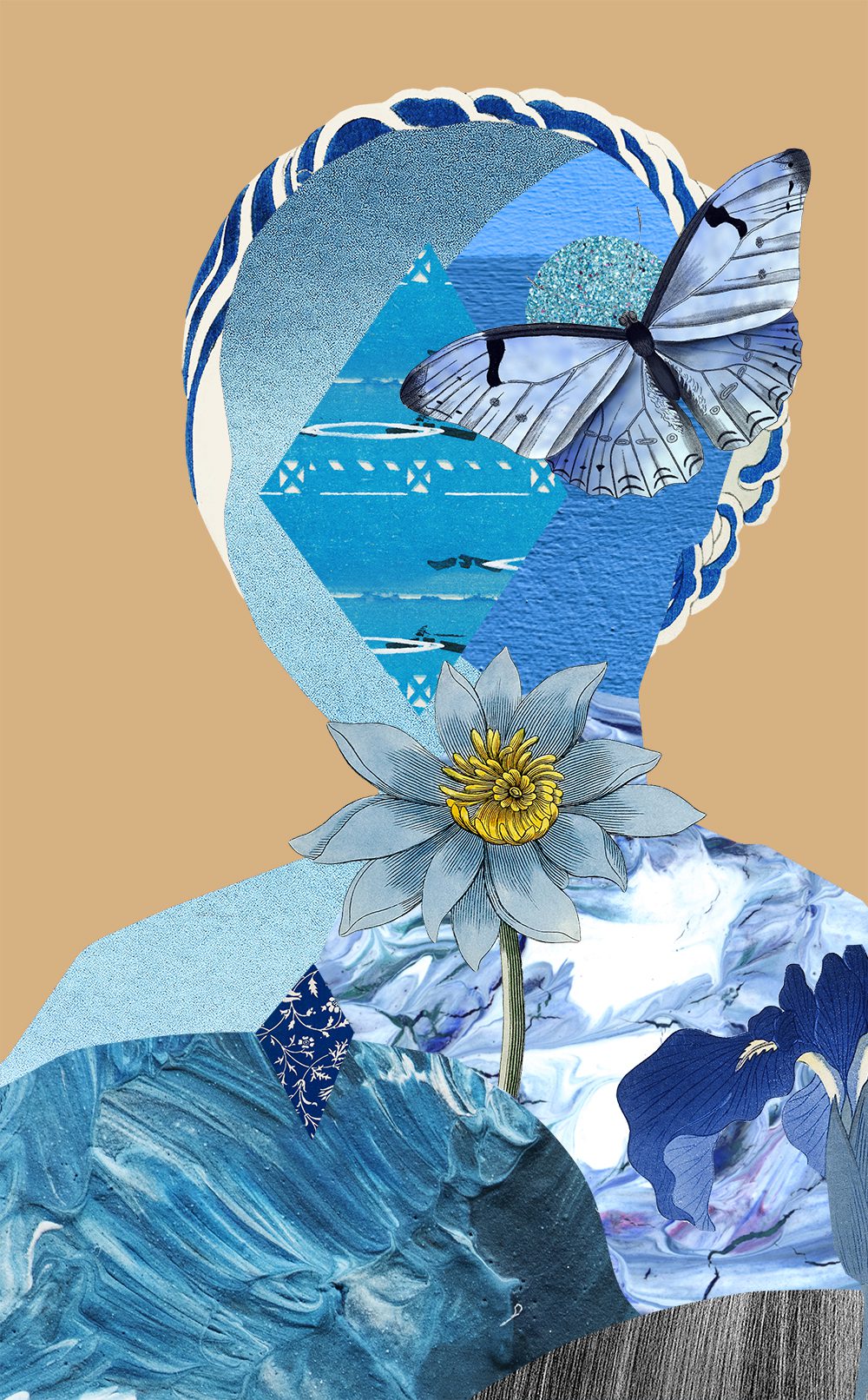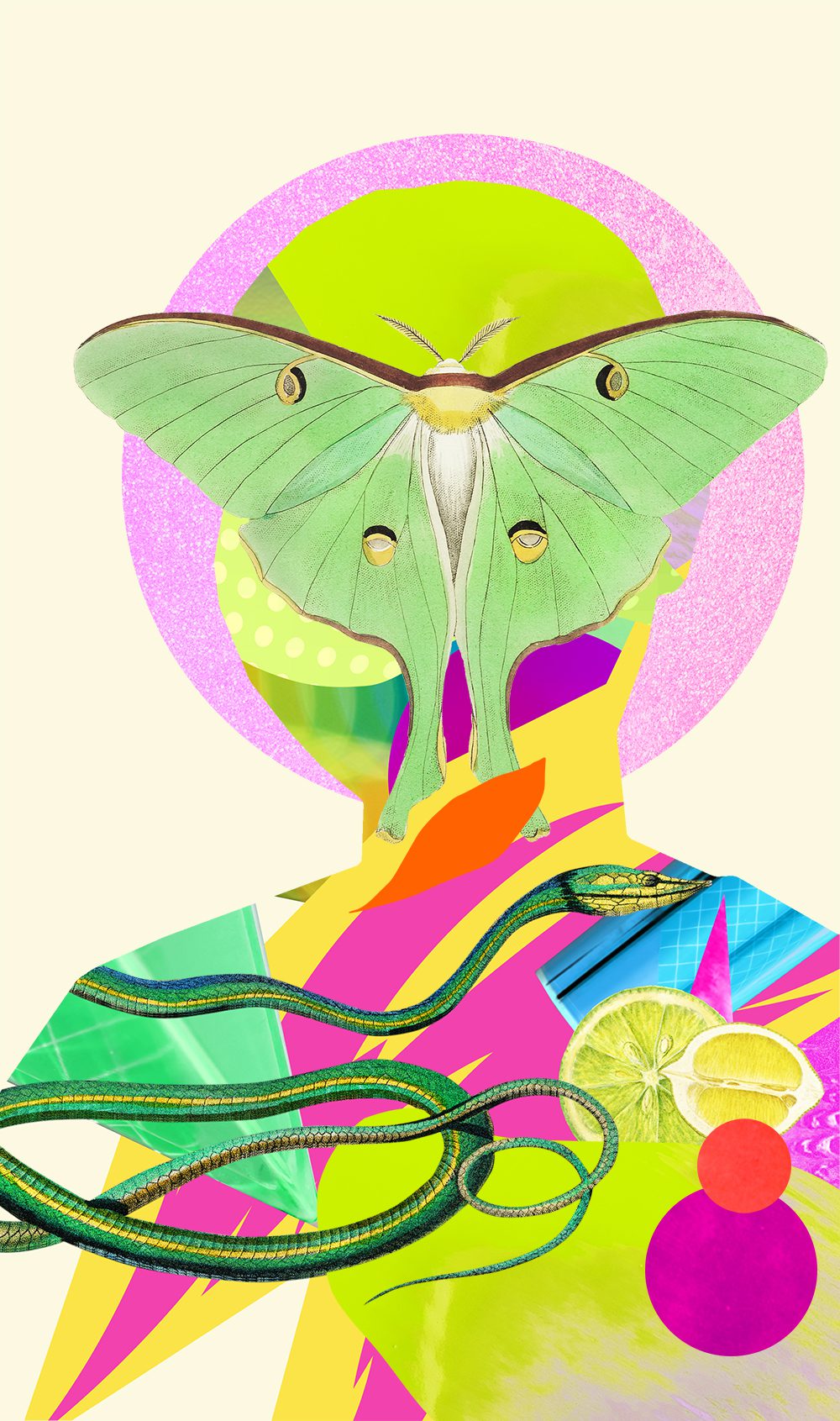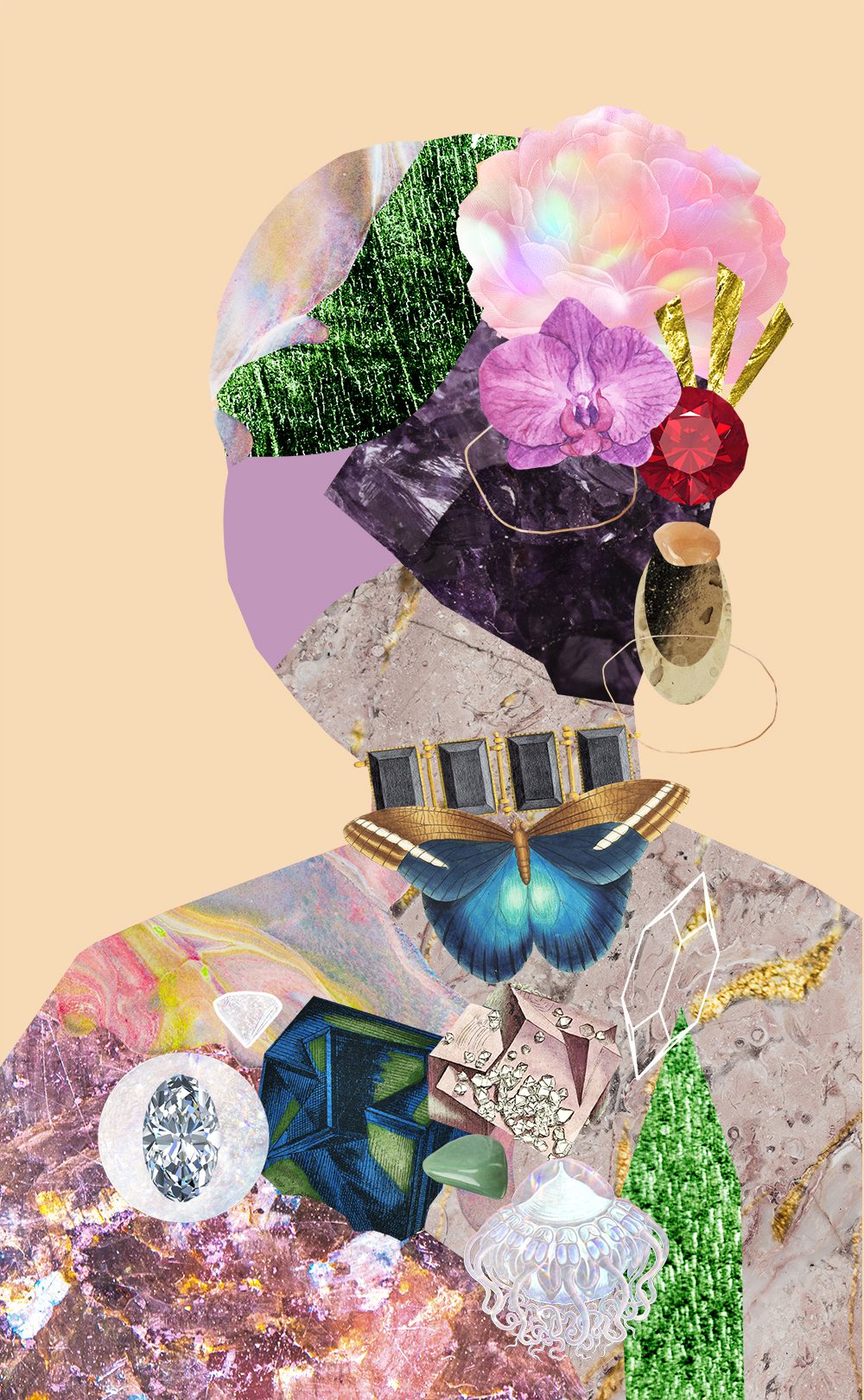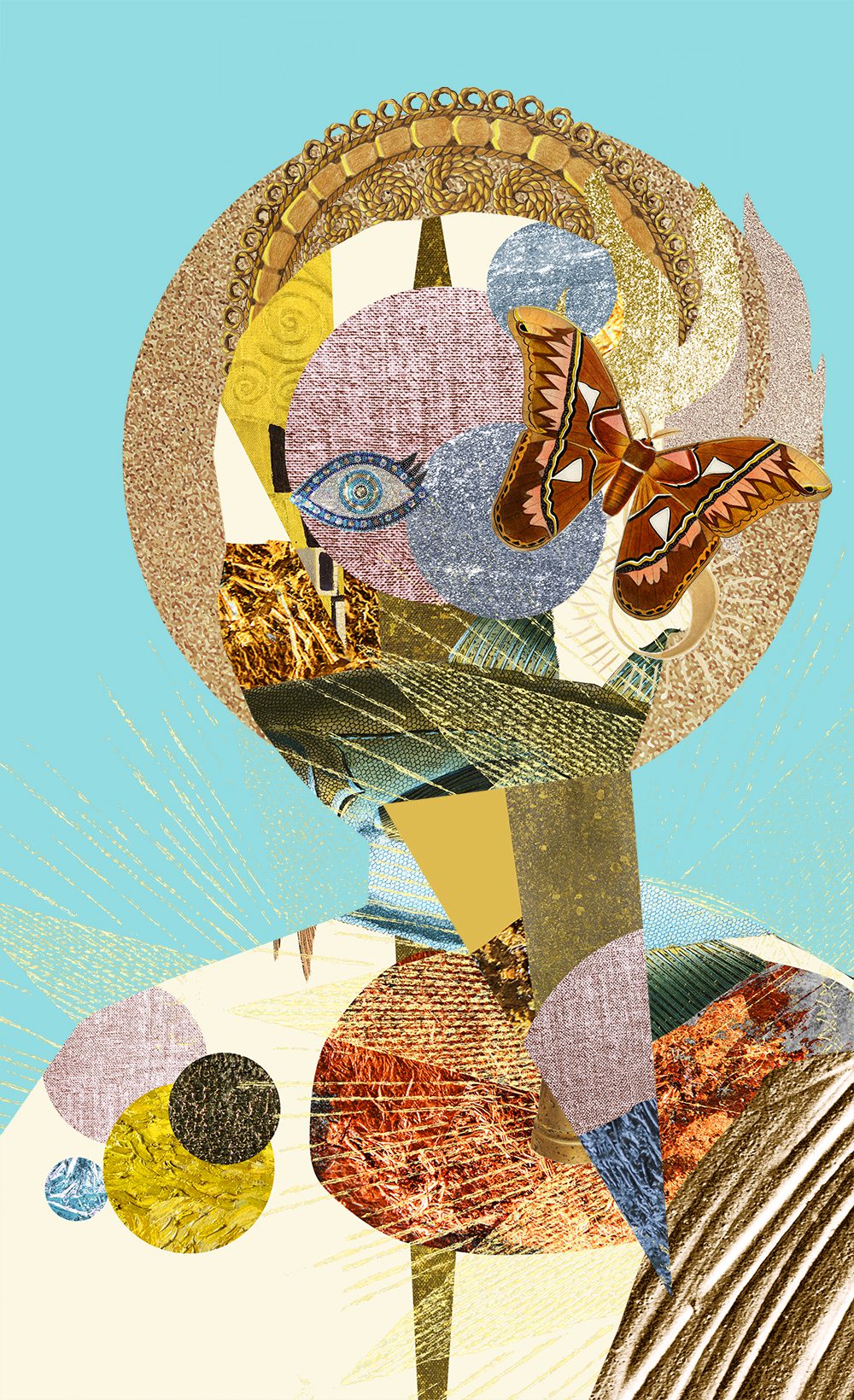
Composition Principles: Shape
Composition refers to the arrangement of elements within an artwork. Although art is largely an intuitive practice, by breaking down and putting a spotlight onto individual elements we can evaluate and elevate our art. This series focuses on the principles within composition, so you can cherry-pick your favourite ideas and level up your art practice.
Let’s dive into today’s topic: SHAPE!
SHAPE DEFINED
Shape is a basic element within art; a flat, enclosed area of an artwork created through lines, textures, colours, or an area enclosed by other shapes (source). Shapes can create; movement, balance, pattern, emotion, perspective, and emphasis. A lot of these we’ll cover more in later posts but today we’ll look at the different types of shapes and the concept of positive and negative space to elevate your art game.
TYPES OF SHAPES
There are three basic types of shapes; geometric, organic, and abstract. It’s important to think about shape not solely as a decorative but having the power to carry, symbolism, meaning, and emotional responses.

LESTON JAPALJARRI SPENCER, Warna Jukurrpa (Snake Dreaming)
Leston uses shapes to depict the dreaming belonging to Nakamarra/Napurrurla women and Jakamarra/Jupurrurla men. This story describes the journey of Yarripiri, an ancestral ‘warna’ (snake). Yarripiri tracks and paths are often represented by arc shapes or curved lines depicted across the canvas (source).

YAYOI KUSAMA – Midnight Pumpkin
“A polka-dot has the form of the sun, which is a symbol of the energy of the whole world and our living life, and also the form of the moon, which is calm…. Polka dots are a way to infinity.” – Yayoi Kusama (source)
Geometric
Geometric shapes are precise edged and mathematically consistent curves (source). Each geometry shape has a unique name such as circle, square, triangle, rectangle, etc. (source)
/ Squares and Rectangles portray strength and stability
/ Circles and Ellipses represent continuous movement
/ Triangles lead the eye in an upward movement
/ Inverted Triangles create a sense of imbalance and tension
(source)

Organic
Organic shapes are not defined by an exact dimension and are irregular. Organic shapes are linked to the natural world – two flowers may look identical but tiny differences set them apart.
Abstract
Abstract shapes are recognisable in form; simplified versions of organic shapes. (source). Symbols and icons are well-known abstract shapes, such as the graphics on street signs, or the icons on your phone.

KEITH HARING – Winged Angel from Icons
Keith uses one of the most common abstract shapes, the stick figure to denote a person. The stick figure is removed from the intricacies of a human body but our eye can easily pick up what it’s trying to depict.
POSITIVE AND NEGATIVE SPACE
Positive space is the actual physical form of any shape and negative space is the space between and around the physical forms (source). If a small amount of negative space is used an artwork will be chaotic and busy and the viewer’s eyes will dart around. If a large amount of negative space is used, the viewer’s eyes will be directed to the focal points of the piece. For perfect composition, it is less to do with the ratio of positive to negative space but more with how the shapes are linked and how negative and positive space communicate with each other. If they don’t communicate, the elements can feel disjointed. Don’t let the negative space be an afterthought, start thinking about it being just as important as the positive space.
(source)
EXAMPLES

PRISCILLA NAPURRURLA HERBERT – Lukarrara Jukurrpa
Priscilla’s piece uses very little negative space but she is able to create unity and a beautiful composition through similar shapes and the use of dots. Your eyes dart around the piece but the artwork isn’t disjointed.

Matisse does a great job of using a strip of black (negative space) behind the busy vase to draw our attention to it.
Black is repeated in the vase and flowers to connect the negative and positive spaces.
The bold red also brings our attention to the figure.

You may picture negative space as being white space around a subject matter.
In the piece above, Ken shows that negative space doesn’t have to be white, and that white can actually be used as positive space!

Often we see artworks with a central subject matter and negative space around them.
Alex shows you don’t need your focal shapes to be central with his roses flowing out to the border edges.
HOMEWORK
Your homework this week is to become an investigator, take note of art that you love, and think about how your favourite artworks incorporate shapes. What types of shapes are you drawn to – geometric, organic, abstract, or a mix? Are you drawn to pieces with lots of negative space or lots of positive space or perhaps an even balance of the two?
bonus point: start a shapes board on pinterest and pin artworks that use shape to create an engaging composition
–
I hope this quick dip into shapes has got you thinking about their role within art.
Want to see what else I do? Come peek over on my insta or grab a freebie when you sign up to my newsletter below 🙂 🙂

